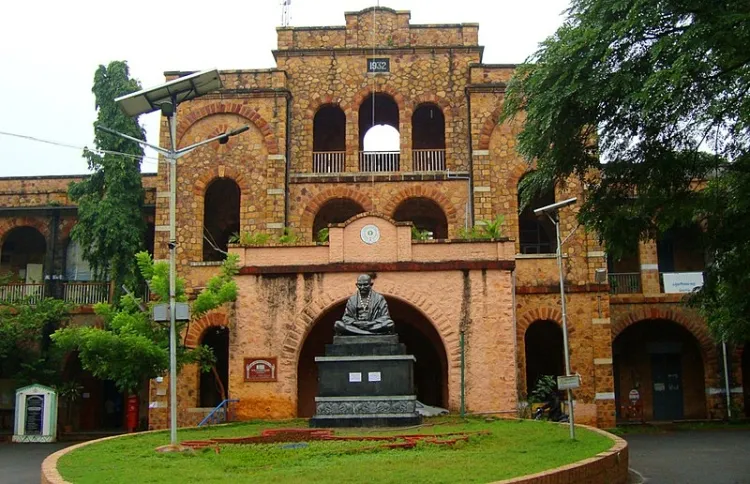"Municipal Governance: The Backbone of Urban Development...!!!
Government municipal work is vital for the effective administration and development of urban areas. Municipalities play a key role in providing essential services, promoting public health, and ensuring social welfare. By addressing the challenges and embracing future directions, municipal governance can contribute significantly to the overall development and well-being of urban communities.

Government municipal work involves administering and managing local government services and infrastructure in urban areas. Municipalities are crucial in ensuring the delivery of essential services to citizens, such as public health, sanitation, urban planning, and social welfare. This system has evolved over time and involves various levels of local government, each with distinct responsibilities and functions.
Historical Evolution of Municipal Governance
Municipal governance in India has a rich history that dates back to the early 17th century. The first municipality was established in 1664 in Fort Kochi by the Dutch. This was followed by the formation of the Madras Municipal Corporation in 1687, and later, the Calcutta and Bombay Municipal Corporations in 1726. By the early 1800s, most towns in India had some form of municipal governance.
After India gained independence in 1947, the focus shifted towards strengthening local self-governance. The Government of India appointed various committees to improve urban local governance. The 74th Constitutional Amendment Act in 1992 was a significant turning point, providing constitutional status to municipalities and ensuring a uniform structure across the country. This act aimed to empower local bodies and enhance democratic participation at the grassroots level.
Structure and Functions of Municipalities
Municipalities in India are structured into different types of urban local bodies, each with unique responsibilities. These include Municipal Corporations, Municipal Councils, and Nagar Panchayats. The structure and functions of these bodies are defined by the Constitution of India and various state laws.
-
Municipal Corporations: Established for larger urban areas with a population of one million or more. They administer services such as healthcare, education, housing, and transport by collecting property taxes and administering grants from the state government. Municipal corporations carry out their functions through well-organized divisions or departments, such as water supply, sewage disposal, housing boards, education departments, and electricity departments.
-
Municipal Councils: Established for smaller urban areas, they focus on providing essential services to their residents. They are responsible for public health, sanitation, and infrastructure development.
-
Nagar Panchayats: Established for transitional areas that are in the process of urbanization. They focus on providing basic services and infrastructure to these areas.

Powers and Responsibilities of Municipalities
Municipalities have various powers and responsibilities to ensure the effective governance of urban areas. These include:
-
Public Health: Maintaining public health standards by providing clean drinking water, sanitation, waste management, and healthcare services.
-
Urban Planning: Playing a key role in urban planning and development, including land use planning, zoning regulations, and infrastructure development.
-
Social Welfare: Involved in social welfare activities, such as providing housing for the underprivileged, supporting education and skill development programs, and promoting community development.
-
Finance Management: Managing finances through various revenue sources, including property taxes, user charges, and grants from the state government. They also prepare annual budgets and ensure financial transparency and accountability.
-
Public Participation: Encouraging public participation in decision-making processes to ensure transparency and accountability. This includes engaging citizens and non-governmental organizations (NGOs) in planning and development activities.
Challenges and Future Directions
Despite their crucial role, municipal governance in India faces several challenges, including financial constraints, inadequate infrastructure, and administrative inefficiencies. Addressing these challenges requires a concerted effort from the government, local bodies, and the community.
Future directions for municipal governance include enhancing financial autonomy, improving service delivery, promoting sustainable development, and fostering greater public participation. Strengthening the capacity of municipal bodies and ensuring effective coordination between different levels of government are also essential for achieving these goals.
Government municipal work is vital for the effective administration and development of urban areas. Municipalities play a key role in providing essential services, promoting public health, and ensuring social welfare. By addressing the challenges and embracing future directions, municipal governance can contribute significantly to the overall development and well-being of urban communities.
What's Your Reaction?

















